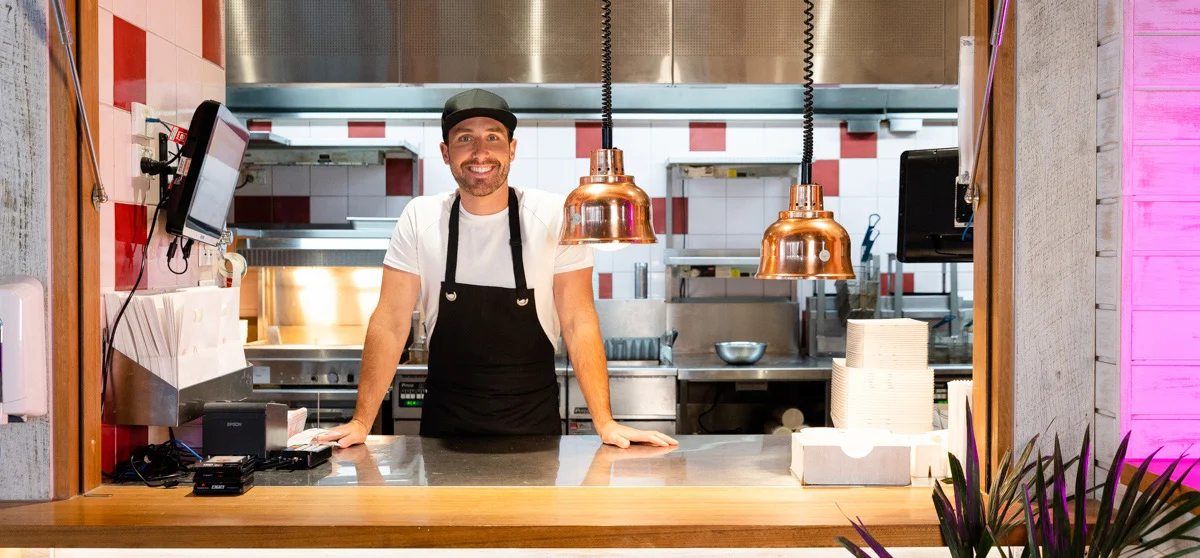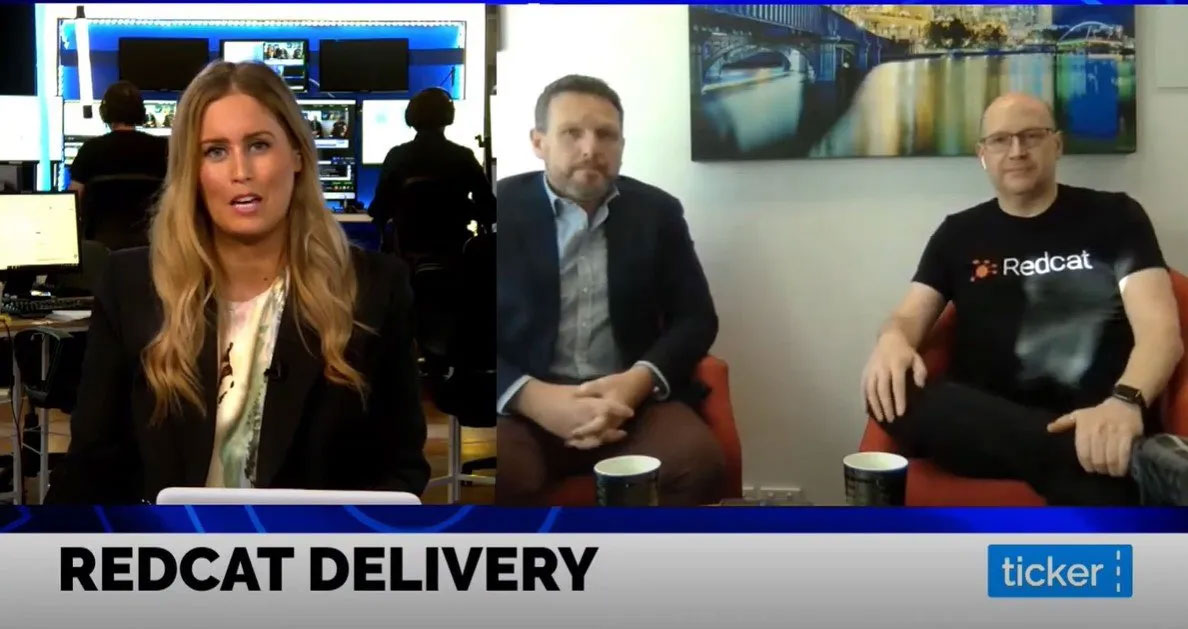5 game-changing benefits of integrating inventory & POS systems
Managing inventory is one of the most important, and challenging, tasks when you’re running a QSR.
3 min read
Louie Scarpari : 24/03/2023 3:54:18 PM

A juggling act
As any hospitality business owner or operator will tell you, running a hospitality business is a real juggling act. It relies on many different functions: loyalty, marketing, ordering (online, via apps, on kiosks, and at the counter), delivery (self-managed or via aggregators), operations, reporting, kitchen management, inventory, rostering, and accounting. That’s just to name the basics.
These functions each rely on a software system to manage them – a software system that generates data and which uses data as input. So it’s essential that these systems, and therefore the functions they run, can share information or pass it between them. To have disparate systems, each with their own data, and unable to talk to each other, is a recipe (pardon the pun) for a very inefficient and ineffective hospitality business.
The fractured tech stack
And yet…it’s a battle that some hospo businesses face daily. For those who use disparate systems – one for loyalty, another for ordering, another for delivery, and so on and so on – day to day hospitality operations can be torturous. They have a ‘fractured tech stack’ and like a fracture of the bones, which puts our bodies out of action and makes movement and agility difficult, a fractured tech stack also causes a great deal of pain and paralysis.
What does a fractured tech stack look like in hospitality?
You might see your fractured tech stack show up in one of the following ways:
What is the impact of a fractured tech stack?
If you do have a fractured tech stack, why does it matter? What is the impact on your hospitality business? The answer is that the impact, in short, is the potential for lost revenue, additional resources, unsound business decisions, and loss of customers.
What is the cure for a fractured tech stack?
The only way to redress the pain of a fractured tech stack is to move to a platform approach – a hospitality platform integrates key systems - such as loyalty, marketing, delivery, ordering, back of house, reporting and analytics, and kitchen management - in a single stack, interfaces seamlessly with third-party apps.
Running your hospitality business on a tech platform enables you to operate efficiently, share data, enhance customer service, scale and adapt to the ever-changing demands of the hospitality sector.

Managing inventory is one of the most important, and challenging, tasks when you’re running a QSR.

We know that managing inventory in a restaurant can be a challenging and tedious task, particularly when trying to juggle the demands of a bustling...
